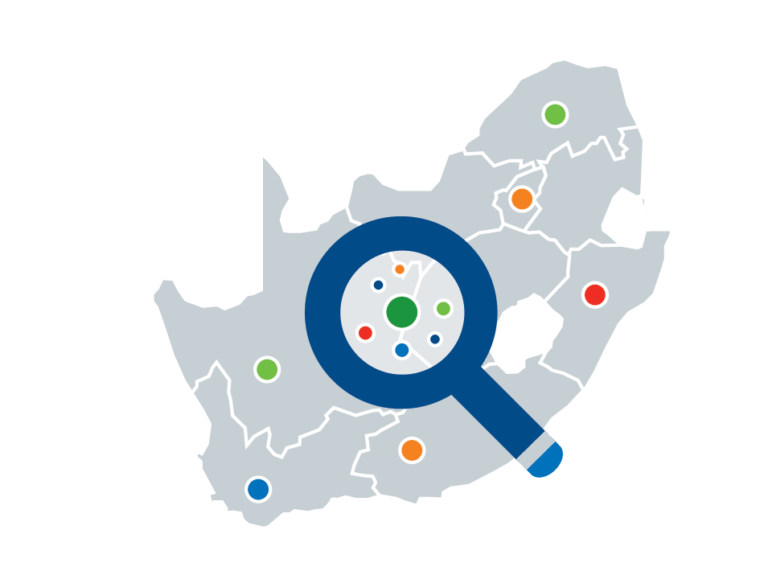Case studies & tools
Ocean Data Explorer
In this case study, the SARVA team is developing a series of data management tools to support the activities of the Global Ocean Accounts Partnership (https://www.oceanaccounts.org/). Here, the accounting system draws from the Natural Capital Accounting and the SEEA-EA (System of Economic and Environmental- Ecosystem Accounting) design in response to and in service of marine-related SDGs. This initiative aims to bring governments, international organisations, research institutions, and the private sector to build a global community of practice for ocean accounting in pursuit of a sustainable and inclusive ocean economy.
This case study provides prototype tools to integrate high-frequency, continuously measured raw in-situ information supplied by the Shallow Marine and Coastal Research Infrastructure (SMCRI) and other collaborating member organisations into a dashboard to aid planning and decision-making. The work forms part of one of eight work programmes that make up the NRF Ocean Accounts Framework: WP2, The role of oceanographic research and large datasets for ocean accounting models within ocean governance. The dashboard embeds essential ocean variables from long-term measurements from eight Pelagic Ecosystem Long-term Ecological Research (PELTER) sampling stations. These stations form part of the Algoa Bay Sentinel Sites (ABSS) Agulhas Bioregion. The ABSS run was started in 2008 and is the most comprehensive coastal observation network in South Africa, with a network of sensor moorings, acoustic receivers, and ecological sampling sites (see https://smcri.saeon.ac.za/platforms).
The Ocean Data Explorer Tool (ODAT) (https://dash.saeon.ac.za/apps/ocean/PELTER) was developed in collaboration with the SAEON Elwandle Node and is linked to the South African Ocean Accounts website (see https://oceansea.saeon.ac.za/biophyscondition/ for further information). One critical objective is to test the functionality of displaying raw in-situ PELTER CTD (Conductivity, Temperature, Depth profiler instrument) data in a web dashboard. The data comes from eight PELTER Sites and includes date/time, depth, temperature, salinity, conductivity, oxygen, pH, chlorophyll-a and turbidity. The longer-term goal is to link live observations from PELTER and other Algoa Bay Sentinel Site sensor data through SAEON’s Observational database to help mobilise SAEON observations through easy-to-use tools and portals like SARVA. Therefore, this case study aimed to develop a prototype tool to handle extensive datasets in an attempt to handle large volumes of information, otherwise impossible, using traditional web graphing libraries. That is to say, this case study is the first in a series of new explorations on data integration that would enable front-end exploration of the vast amount of SAEON observation data through SAEON’s observational database in the near-term future.
Dash (https://plotly.com/dash) was chosen as a framework which expands the possibilities of what is possible in traditional dashboards. It is written in python and built on top of Flask, Plotly.js, React and React Js. Furthermore, due to the extensive size of the PELTER data (over a million data points for some variables), a graphics pipeline system (https://datashader.org) was used to transform the data from each essential ocean variable into a 2D histogram to be able to visualise it on the web as an interactive heatmap.
